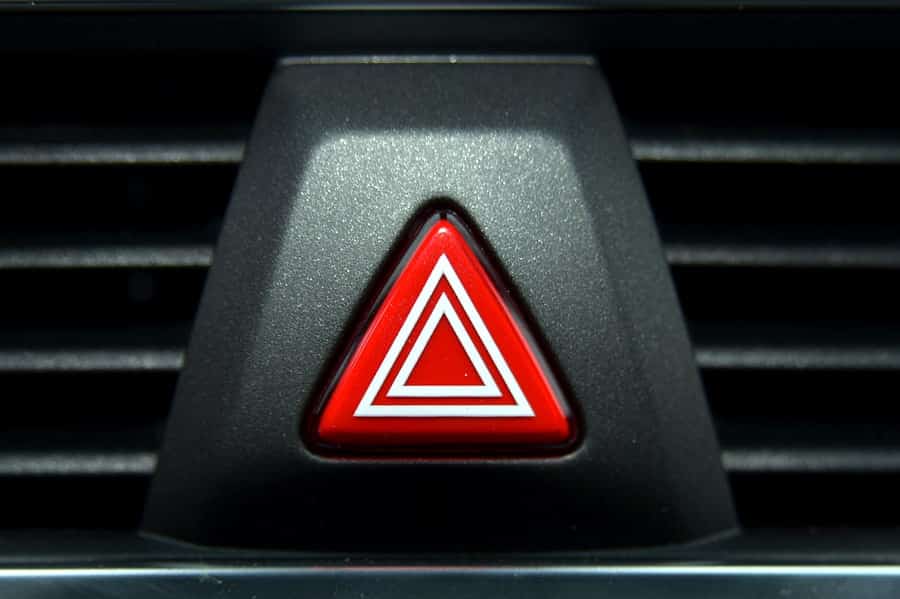
Indicators have been a statutory requirement on UK cars since 1965, when a law was passed requiring all cars to have flashing lights to demonstrate which way a car intends to turn. Nearly all modern cars use small orange lights, often located in the headlight and rear light arrays as indicators. These flash to alert other road users to the driver’s intentions.
Indicators however also can be used as part of a car’s hazard lights. When a car is in trouble, the driver can flick the hazard switch, making all indicators flash repeatedly at the same time, alerting other road users to an obstruction or even a potential danger caused by the stopped vehicle.
But is this the only time that you are allowed to use your hazard lights? What common misperceptions are there about the use of this warning system – for instance, when drivers believe they should be using hazard lights, but the use is actually prohibited by law. What’s are the definitive rules that govern the safe, and more importantly, legal use of these lights?
How do you use hazard lights?
When you get a new or second hand car, locate the hazard light switch. Normally, it is a red button situated somewhere on the dash, marked with double black or white triangles.
Simply press down the button to turn on the lights. Often the switch will have a light mechanism inside it that causes the button to flash as well as an auditory signal (such as a clicking sound) that alerts you to the on/off status of the hazard lights.
To deactivate the lights, simply press the hazard button again, which should turn the system off. The button will stop flashing, and the auditory signal will cease.
If you have to use the lights when stationary, turn them on until you’re either safe to move on or your receive roadside assistance, allowing you to clear the carriageway. Using hazard lights whilst moving? Turn them on, and then wait for a period of no less than 5 seconds prior to turning them off again.
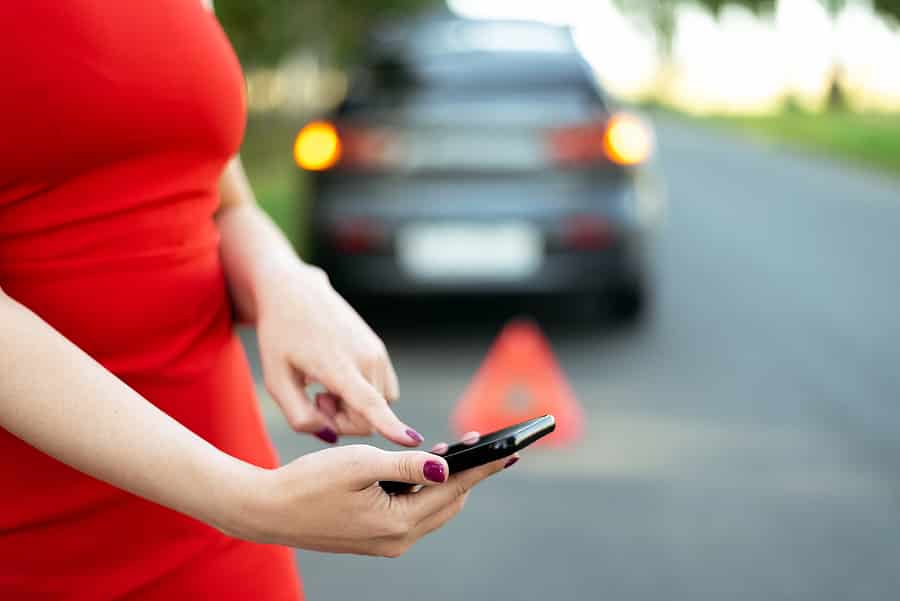
When can You Use the Hazard Lights?
The UK’s Highway Code gives clear instructions on when it is appropriate to use your hazard lights – and when it’s not…
When you’re causing an obstruction
If you’ve been unfortunate enough to experience an event that’s stopped your car – think breakdown, road traffic accident, running out of fuel or even some kind of obstruction on the road, this is the time to activate those hazard lights, giving other driver’s a clear warning that the highway is obstructed. This is the only scenario where you should be using your hazard lights for protracted lengths of time; when you’re causing an obstruction in the road and you need to make other drivers aware of the dangers.
Because the hazard lights system uses the indicators, it may be worth checking that other drivers have full visibility of your vehicle before activating the system. If one part of your vehicle is hidden, then other drivers could wrongly interpret your hazard lights – believing that you’re indicating to pull out. This is crucial at night times when visibility is low and distances are harder to judge – ensuring you’re giving other drivers the maximum amount of warning time possible, so that they can take the correct on the road actions.
When you’re on the open road
If you need to warn other drivers about a potential hazard or obstruction that lies ahead, whilst in motion on a dual carriageway or motorway (and only these major roads), then this is the only situation where you should use your hazard lights whilst driving to alert other drivers to the presence of the hazard. However, in such situations, the lights should only be used sparingly – for just long enough for the signal to be registered by other road users.
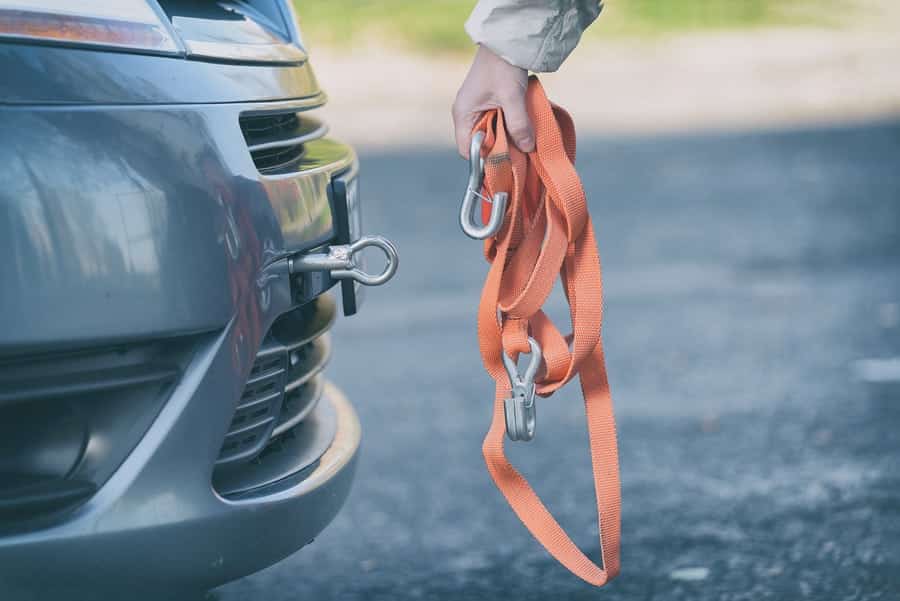
And When Should You Not Use Hazard Lights?
Being towed by another vehicle
Do not put the hazard lights on whilst under tow. It’s simply not required. However, if you are still in the driver’s seat, then you should still use the hazard lights as described above to warn other drivers of obstructions on a dual carriageway or motorway.
Parking in restricted areas
Whilst many drivers like to use hazard lights as an excuse for parking in restricted areas, such as on double yellow lines or pedestrianised zones, this is in fact illegal. Whilst the lights may be activated to give other drivers warning, or perhaps to even let traffic and road police authorities know that this is only a short term situation, the vehicle can still be ticketed with a parking fine or in the worst case scenario, towed away.
Thanking other drivers
Don’t use hazard lights to show thanks to other drivers who give way to you at a junction or passing place on a crowded road. Simply use the recommend raised hand gesture if you want to show appreciation instead.
Single carriageway roads
Don’t use your hazard lights when you have a problem on a main road that’s not a motorway. Whilst it might seem helpful to give other drivers fair warning that you’re struggling, in truth they won’t be able to judge your intentions – or could mistake them altogether. For instance, if all indicators are flashing at once, then other drivers may not be able to tell which lane you’re moving into – or if you’re in a traffic jam drivers may only be able to see one side of your indicators.
Driving slowly
You may think that you’re being helpful by putting on your hazards whilst driving slowly – for instance if you’re searching for a hard to find location in an unknown area. However, whilst this situation may induce anxiety for you as a driver, use of the hazard lights will confuse other road users.
The Final Word
Remember that whilst your hazard lights are on, the indicators will not function – this is particularly important if you use your hazard lights whilst in motion on dual carriageways and motorways and want to turn at the same time – other drivers will not be able to measure your intention. As with all car systems, a regular check of your indicators will not go amiss, as if one or more bulbs are blown and you try to use the system, other drivers will probably interpret this as a turn signal rather than a hazard – causing more danger.

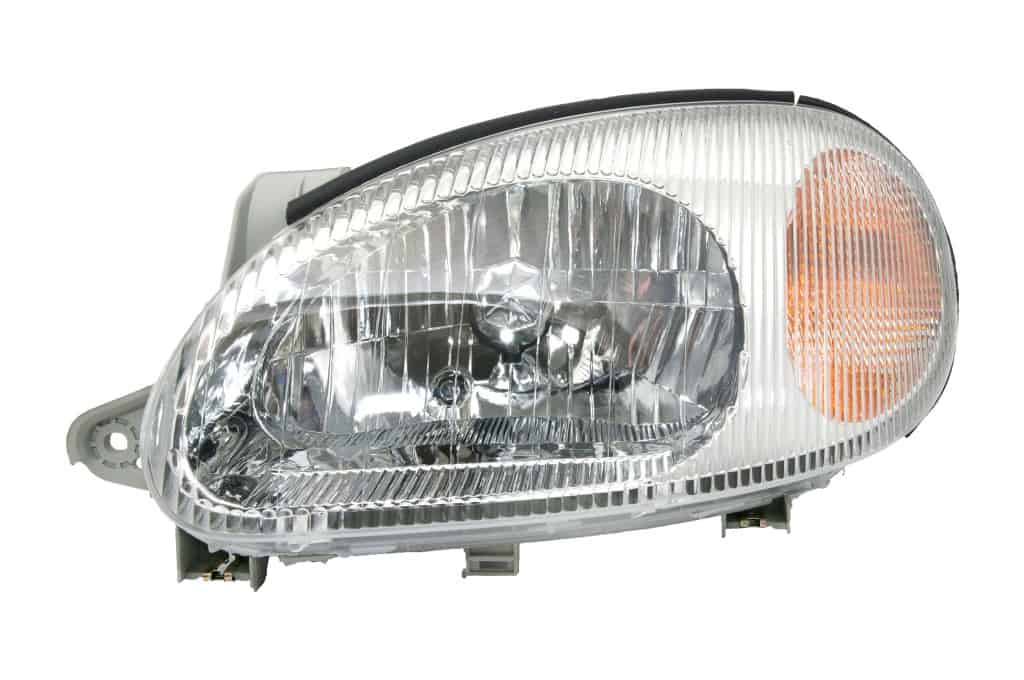
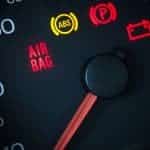
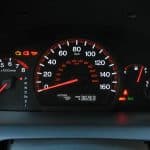



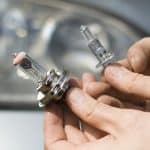
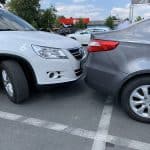
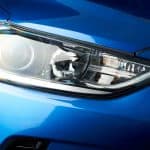
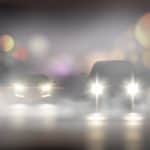
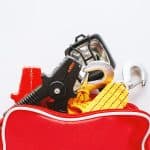
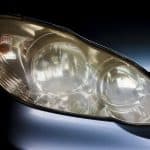
.png)